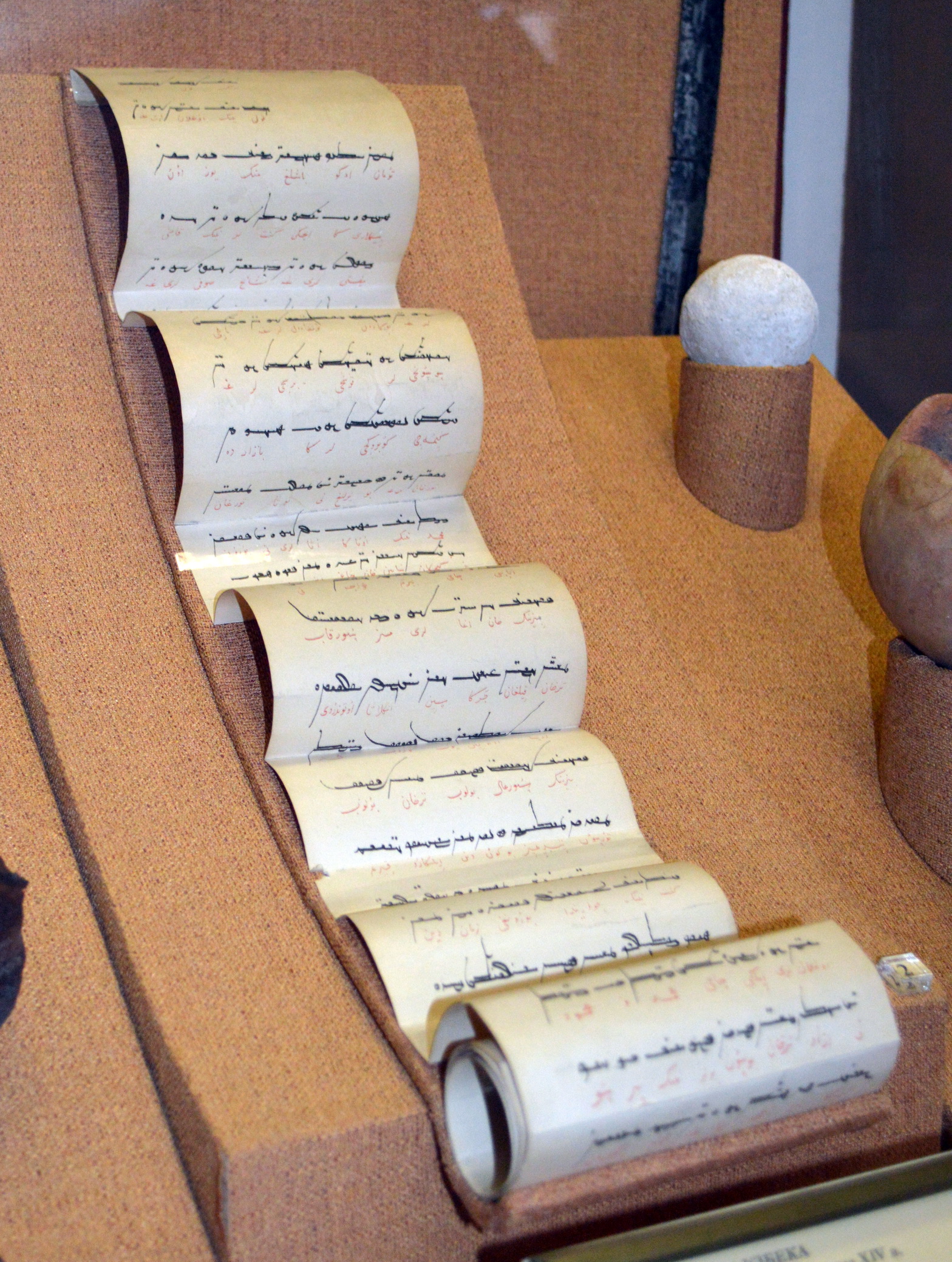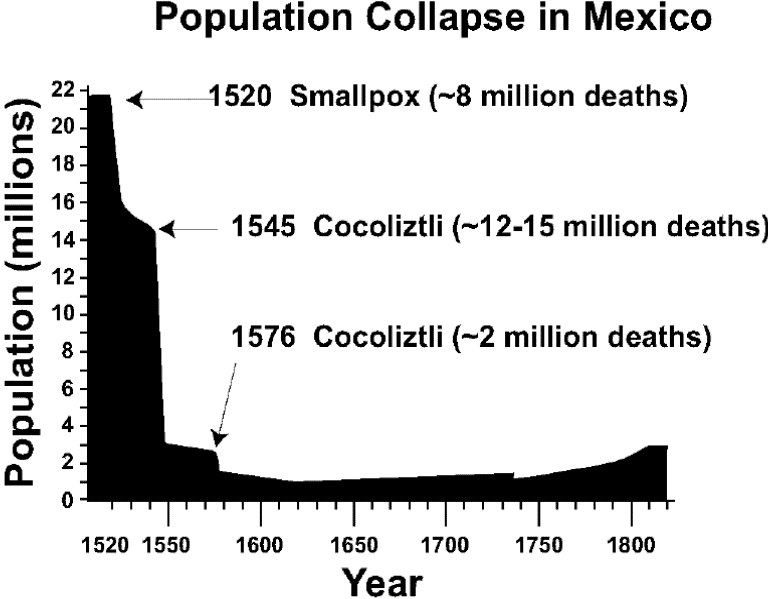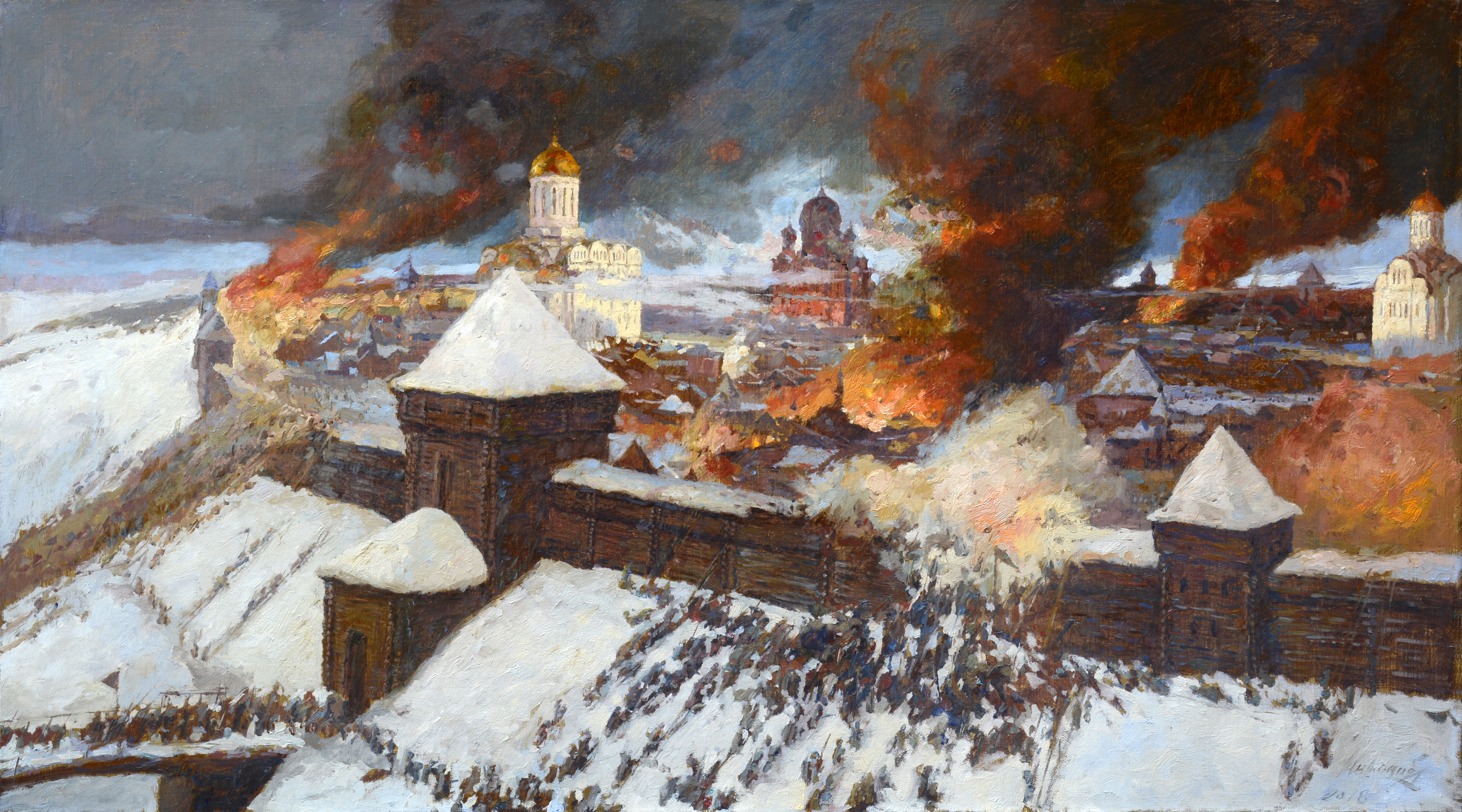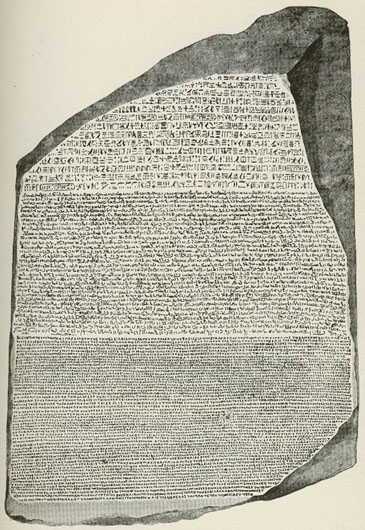|
Principality Of Tver
The Principality of Tver () was a Russian principality which existed between the 13th and the 15th centuries with its capital in Tver. The principality was located approximately in the area currently occupied by Tver Oblast and the eastern part of Smolensk Oblast. It was one of the states established after the fall of Kievan Rus'. Originally part of the Pereyaslavl-Zalessky principality, Tver became an independent principality when Yaroslav of Tver, Yaroslav Yaroslavich was given the western slice of his father's patrimony. During the 14th century, Tver rivaled the Principality of Moscow with the aim to become the center of the unified Russian state. Eventually it lost, decayed, and in 1485, it was annexed by Moscow. History Origins In the 1230s or the 1240s, Yaroslav II of Vladimir, Yaroslav Vsevolodovich, the grand prince of Vladimir, detached the city of Tver from the Pereyaslavl-Zalessky principality (where it previously belonged), and gave it to his son Alexander Nevsky, A ... [...More Info...] [...Related Items...] OR: [Wikipedia] [Google] [Baidu] |
Principality
A principality (or sometimes princedom) is a type of monarchy, monarchical state or feudalism, feudal territory ruled by a prince or princess. It can be either a sovereign state or a constituent part of a larger political entity. The term "principality" is often used to describe small monarchies, particularly those in Europe, where the ruler holds the title of prince or an equivalent. Historically, principalities emerged during the Middle Ages as part of the feudal system, where local princes gained significant power within a king's domain. This led to political fragmentation and the creation of mini-states. Over time, many of these principalities consolidated into larger Monarchy, kingdoms and empires, while others retained their independence and prospered. Sovereign principalities which exist today include Liechtenstein, Monaco, and the co-principality of Andorra. Additionally, some royal primogenitures, such as Asturias in Spain, are styled as principalities. The term is als ... [...More Info...] [...Related Items...] OR: [Wikipedia] [Google] [Baidu] |
Grand Prince Of Vladimir
The Prince of Vladimir, from 1186 Grand Prince of Vladimir (), also translated as Grand Duke of Vladimir, was the title of the monarch of Vladimir-Suzdal. The title was passed to the prince of Moscow in 1389. Overview The monarch of Vladimir-Suzdal's title, ''veliky knyaz'' or ''velikii kniaz'' (, ) is variously translated into English as "Grand duke#Russian grand dukes, grand duke" or "Grand prince#Kievan Rus' and successor states, grand prince". Consequently, Vladimir-Suzdal has been interchangeably described as a "grand principality" or "grand duchy". Linguist Alan Timberlake (2000) found that the first time the phrase ''velikȳi knęz'' shows up in the ''Suzdalian Chronicle'' (in the ''Laurentian Codex, Laurentian'', ''Radziwiłł Chronicle, Radziwiłł'' and ''LPS'' manuscripts) is under the year 1186, where it is applied to Vsevolod the Big Nest, Vsevolod Yurievich. In his early reign from 1177 to 1186, he is simply referred to as "prince Vsevolod" (''knęz (zhe) Vsevolod'' ... [...More Info...] [...Related Items...] OR: [Wikipedia] [Google] [Baidu] |
Jarlig
A jarlig, also written ''yarlyk'' (from ), is an edict, permission, license, or written commandant of Mongol and Chinggisid rulers' "formal diplomas." It was one of three non-fundamental law pronouncements that had the effect of regulation or ordinance, the other two being ''debter'' (a record of precedence cases for administration and judicial decisions) and ''billing'' (maxims or sayings attributed to Genghis Khan). The jarlig provides important information about the running of the Mongol Empire. Ögedei Khagan prohibited the nobility from issuing gergees (tablet that gave the bearer authority to demand goods and services from civilian populations) and jarliqs in the 1230s. From the mid-13th to mid-15th centuries, all princes of Northeastern Rus received jarliq authorizing their rule. The issuing of jarlyk on governing of Rus finalized the establishment of the title of Grand Duke of Vladimir (Grand Prince). Initially, those jarliq came from the qaghan in Karakorum, but afte ... [...More Info...] [...Related Items...] OR: [Wikipedia] [Google] [Baidu] |
Berke
Berke Khan (died 1266/1267; also Birkai; Turki/ Kypchak: برکه خان, , ) was a grandson of Genghis Khan from his son Jochi and a Mongol military commander and ruler of the Golden Horde, a division of the Mongol Empire, who effectively consolidated the power of the Blue Horde and White Horde from 1257 to 1266. He succeeded his brother Batu Khan of the Blue Horde (West), and was responsible for the first official establishment of Islam in a khanate of the Mongol Empire. Following the Sack of Baghdad by Hulagu Khan, his cousin and head of the Mongol Ilkhanate based in Persia, he allied with the Egyptian Mamluks against Hulagu. Berke also supported Ariq Böke against Kublai in the Toluid Civil War, but did not intervene militarily in the war because he was occupied in his own war against Hulagu and the Ilkhanate. Name Berke is a name used by both Turkic peoples and Mongols. In Mongolian ''berke'' (cf. ''bärk'' in Old Turkic) means "difficult, hard". Birth Berke ... [...More Info...] [...Related Items...] OR: [Wikipedia] [Google] [Baidu] |
Batu Khan
Batu Khan (–1255) was a Mongol ruler and founder of the Golden Horde, a constituent of the Mongol Empire established after Genghis Khan's demise. Batu was a son of Jochi, thus a grandson of Genghis Khan. His '' ulus'' ruled over the Kievan Rus', Volga Bulgaria, Cumania, and the Caucasus for around 250 years. Personality and appearance According to Giovanni da Pian del Carpine, Batu was "kind enough to his own people, but he is greatly feared by them. He is, however, most cruel in fight; he is very shrewd and extremely crafty in warfare, for he has been waging war for a long time." He received the nickname of сайн (), by which he was referred to by Marco Polo. William of Rubruck described him as about the height of his lord John de Beaumont and as having his entire face covered with reddish spots. Early years After his son Jochi's death, Genghis Khan assigned Jochi's appanages to his sons. The Great Khan installed Batu as Khan of the Golden Horde (also known as t ... [...More Info...] [...Related Items...] OR: [Wikipedia] [Google] [Baidu] |
Andrey II Of Vladimir
Andrey II Yaroslavich (; – 1264) was the third son of Yaroslav II who succeeded his uncle Sviatoslav III as Grand Prince of Vladimir in 1249. Three years later, he challenged the Mongols and was ousted by them. The house of Nizhny Novgorod-Suzdal, which has been known since the 14th century as the House of Shuysky, descends from Andrey II. Life Early 1240s campaigns According to the '' Novgorod First Chronicle'' (NPL), the Novgorodians expelled his brother Alexander Nevsky from the city in the winter of 1240–1241, and asked their father Yaroslav II to send them another commander. Andrey was sent to the wayward republic in Alexander's stead. In 1241, Andrey joined his Suzdalian forces with Alexander's, and they jointly retook Pskov, raided the Estonian (Chud') countryside, and saw action in the Battle on the Ice. Grand prince of Vladimir ( 1248/9–1252) Rus' chronicles preserve different versions of when and how Andrey became prince of Vladimir. In one version ... [...More Info...] [...Related Items...] OR: [Wikipedia] [Google] [Baidu] |
Golden Horde
The Golden Horde, self-designated as ''Ulug Ulus'' ( in Turkic) was originally a Mongols, Mongol and later Turkicized khanate established in the 13th century and originating as the northwestern sector of the Mongol Empire. With the division of the Mongol Empire after 1259, it became a functionally separate khanate. It is also known as the Kipchak Khanate or the Ulus of Jochi, and replaced the earlier, less organized Cuman–Kipchak confederation. After the death of Batu Khan (the founder of the Blue Horde) in 1255, his dynasty flourished for a full century, until 1359, though the intrigues of Nogai Khan, Nogai instigated a partial civil war in the late 1290s. The Horde's military power peaked during the reign of Özbeg Khan (1312–1341), who adopted Islam. The territory of the Golden Horde at its peak extended from Siberia and Central Asia to parts of Eastern Europe from the Ural Mountains, Urals to the Danube in the west, and from the Black Sea to the Caspian Sea in the south ... [...More Info...] [...Related Items...] OR: [Wikipedia] [Google] [Baidu] |
Depopulation
Population decline, also known as depopulation, is a reduction in a human population size. Throughout history, Earth's total human population has continued to grow but projections suggest this long-term trend may be coming to an end. From antiquity until the beginning of the Industrial Revolution, the global population grew very slowly, at about 0.04% per year. After about 1800, the growth rate accelerated to a peak of 2.1% annually during the 1962–1968 period, but since then, due to the worldwide collapse of the total fertility rate, it has slowed to 0.9% as of 2023. The global growth rate in absolute numbers accelerated to a peak of 92.8 million in 1990, but has since slowed to 70.4 million in 2023. Long-term projections indicate that the growth rate of the human population of the planet will continue to slow and that before the end of the 21st century, it will reach zero. Examples of this emerging trend are Japan, whose population is currently (2023) declining at the ra ... [...More Info...] [...Related Items...] OR: [Wikipedia] [Google] [Baidu] |
Ryazan
Ryazan (, ; also Riazan) is the largest types of inhabited localities in Russia, city and administrative center of Ryazan Oblast, Russia. The city is located on the banks of the Oka River in Central Russia, southeast of Moscow. As of the 2010 Census, Ryazan had a population of 524,927, making it the List of cities and towns in Russia by population, 33rd most populated city in Russia, and the fourth most populated in Central Federal District, Central Russia after Moscow, Voronezh, and Yaroslavl.An older city, now known as Old Ryazan (), was located east of modern-day Ryazan during the late Middle Ages, and served as capital of the Principality of Ryazan up until the Mongol invasion of Kievan Rus', Mongol invasion in 1237. During the Siege of Ryazan, it became one of the first cities in Russia to be besieged and completely razed to the ground. The capital was subsequently moved to Pereyaslavl-Ryazansky (), and later renamed to Ryazan by order of Catherine the Great in 1778. The c ... [...More Info...] [...Related Items...] OR: [Wikipedia] [Google] [Baidu] |
Vladimir, Russia
Vladimir (, ) is a types of inhabited localities in Russia, city and the administrative center of Vladimir Oblast, Russia, located on the Klyazma River, east of Moscow. It is served by a railway and the M7 motorway (Russia), M7 motorway. Population: History Vladimir was Vladimir-Suzdal, one of the medieval capitals of Russia, with significant buildings surviving from the 12th century. Two of its Russian Orthodox cathedrals, a monastery, and associated buildings have been designated among the White Monuments of Vladimir and Suzdal, a UNESCO World Heritage Site. In the past, the city was also known as Vladimir-on-Klyazma () and Vladimir-Zalessky (), to distinguish it from Volodymyr, Volyn Oblast, another Vladimir/Volodymyr in Volhynia (modern-day Ukraine). Foundation The founding date of Vladimir is disputed between 990 and 1108. In the ''Novgorod First Chronicle'', Vladimir is mentioned under the year 1108, and during the Soviet period, this year was decreed to be its foundatio ... [...More Info...] [...Related Items...] OR: [Wikipedia] [Google] [Baidu] |
Mongol Invasion Of Kievan Rus'
The Mongol Empire invaded and conquered much of Kievan Rus' in the mid-13th century, sacking numerous cities such as Principality of Ryazan, Ryazan, Principality of Yaroslavl, Yaroslavl, Principality of Pereyaslavl, Pereyaslavl and Vladimir-Suzdal, Vladimir, including the largest: Grand Principality of Kiev, Kiev (50,000 inhabitants) and Principality of Chernigov, Chernigov (30,000 inhabitants). The Siege of Kiev (1240), siege of Kiev in 1240 by the Mongols is generally held to mark the end of the state of Kievan Rus', which had already been undergoing Feudal fragmentation, fragmentation. Many other principalities and urban centres in the northwest and southwest escaped complete destruction or suffered little to no damage from the Mongol invasion, including Kingdom of Galicia–Volhynia, Galicia–Volhynia, Pskov Land, Pskov, Principality of Smolensk, Smolensk, Principality of Polotsk, Polotsk, Principality of Vitebsk, Vitebsk, and probably Vladimir-Suzdal, Rostov and Uglic ... [...More Info...] [...Related Items...] OR: [Wikipedia] [Google] [Baidu] |
Encyclopædia Britannica
The is a general knowledge, general-knowledge English-language encyclopaedia. It has been published by Encyclopædia Britannica, Inc. since 1768, although the company has changed ownership seven times. The 2010 version of the 15th edition, which spans 32 volumes and 32,640 pages, was the last printed edition. Since 2016, it has been published exclusively as an online encyclopedia, online encyclopaedia. Printed for 244 years, the ''Britannica'' was the longest-running in-print encyclopaedia in the English language. It was first published between 1768 and 1771 in Edinburgh, Scotland, in three volumes. The encyclopaedia grew in size; the second edition was 10 volumes, and by its fourth edition (1801–1810), it had expanded to 20 volumes. Its rising stature as a scholarly work helped recruit eminent contributors, and the 9th (1875–1889) and Encyclopædia Britannica Eleventh Edition, 11th editions (1911) are landmark encyclopaedias for scholarship and literary ... [...More Info...] [...Related Items...] OR: [Wikipedia] [Google] [Baidu] |








